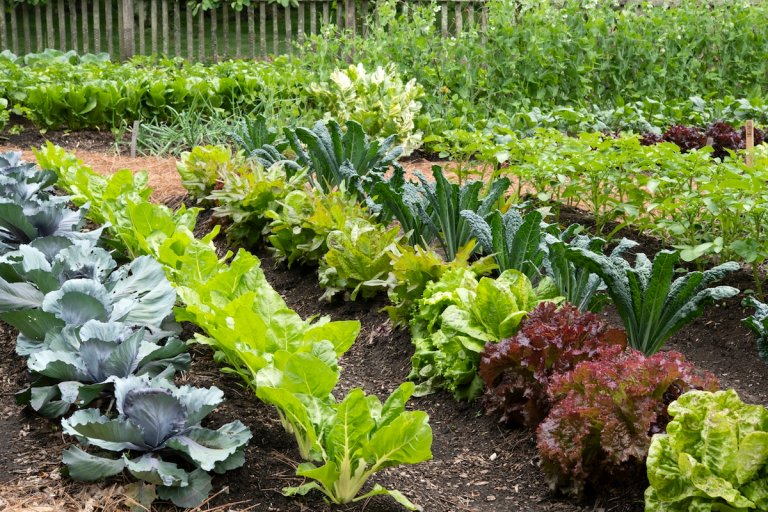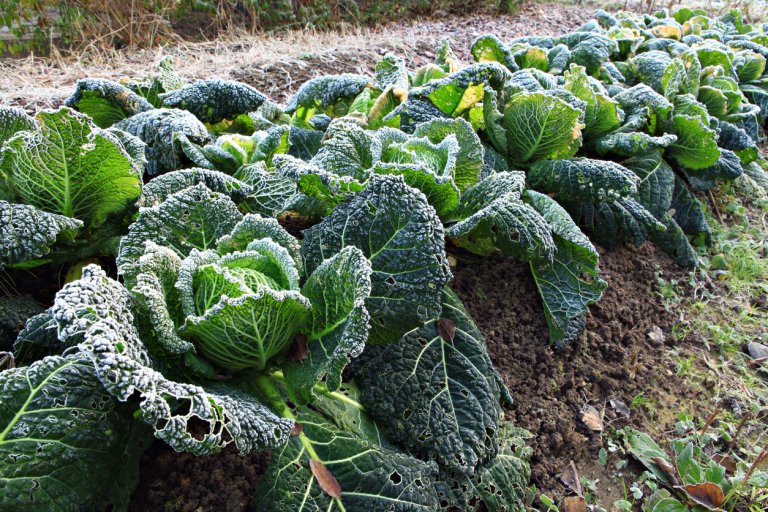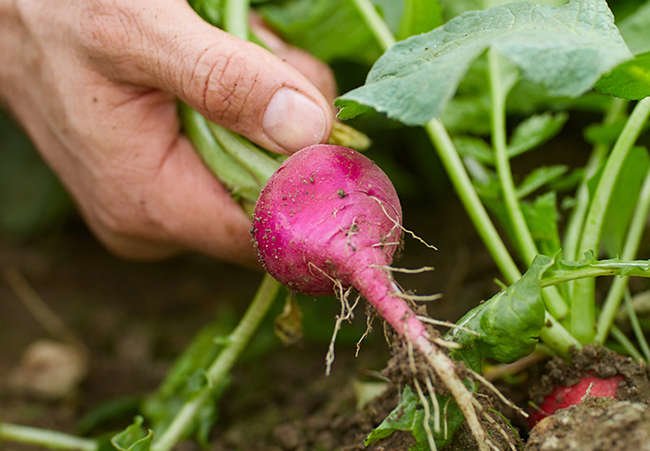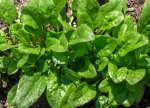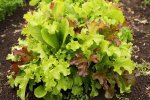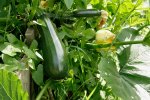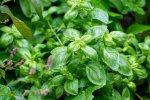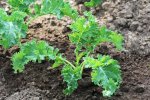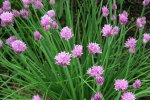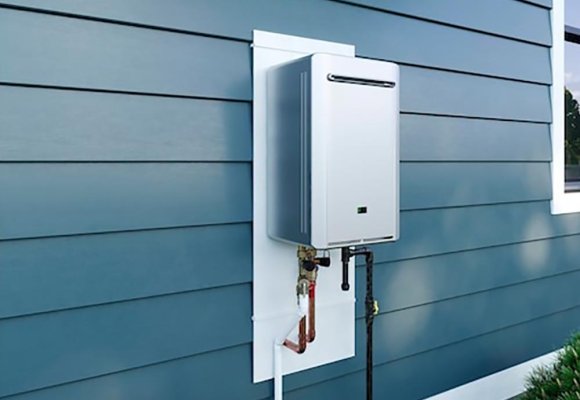Gardening for Beginners

New to gardening? You’re in the right place!
BobVila.com is your hub for all things seeds, soil, and plants. We’ll help you set up your first garden— whether it’s a few pots on your patio, a raised bed, or a in-ground plot out back, and select the right plants for your soil and region. You’ll also get all the info you need about fertilizers, garden tools, and controlling weeds and garden pests.
Get ready to dig in!
10 Things Every New Gardener Needs to Know
Is starting a garden on your to-do list this year? Here’s what you need to know before lifting a shovel or planting a seed.
Seed Starting
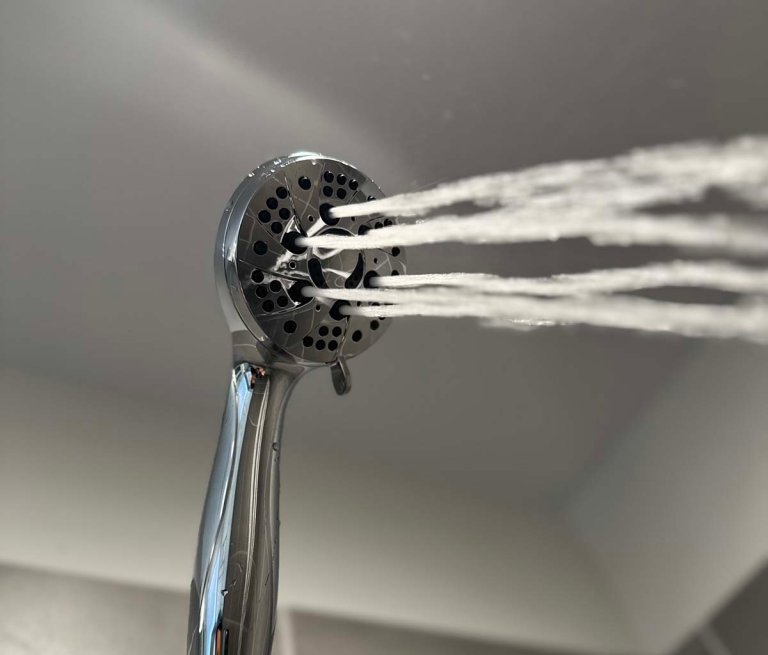
We Tested 10 Shower Heads, But Only 7 Made the Cut for Coverage and Pressure
See which shower heads are worth installing based on water pressure, spray patterns, and design.

7 Best Handheld Steam Cleaners of 2026, Tested and Vetted
A handheld steam cleaner will remove stains, ground-in dirt, and grime. Here are some top steamers we tested for giving your home a deep clean.
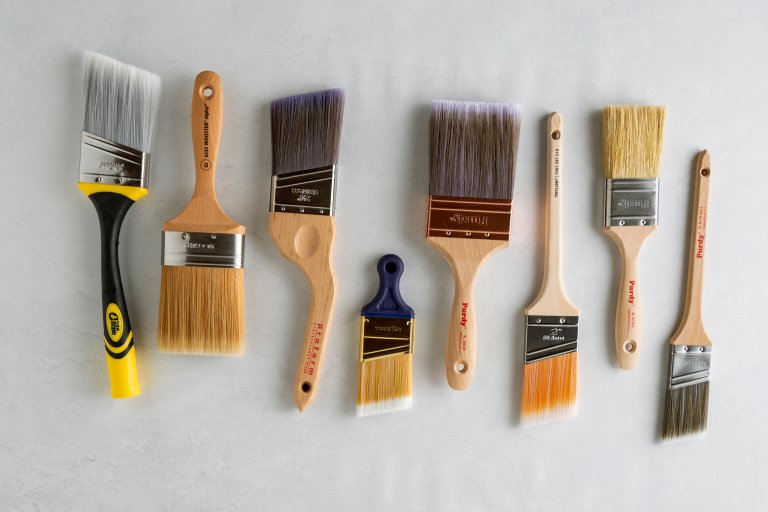
After 5 Head-to-Head Tests, We Found the 8 Best Paint Brushes of 2026
We evaluated eight brushes for coverage, control, and comfort to help you pick the perfect tool for any surface.
Raised Bed Gardening

Our Favorite Snow Blowers That You Can Get the Fastest
Snow in the forecast? These tested tools are our favorites for clearing paths and driveways—and they’ll deliver or be ready for pickup within the week.

The Best Microwave Convection Ovens Actually Deliver—See Our Top Picks
The best microwave convection ovens pull double duty, offering standard microwave features while allowing home chefs to bake cookies, roast meats, and cook a variety of other foods.

The Best Winter Hats of 2026
Stay warm and toasty—and look good doing it—with the perfect winter hat.
Gardening on a Budget

The Best Hand-Crank Flashlights of 2026
Keep your family safe in an emergency situation with a hand-crank flashlight that provides light without requiring batteries, solar panels, or electricity.

Amazon Clears Out Power Stations and Portable Generators for New Years: Save 50% Off Anker, EcoFlow, and More—Prices as Low as $60
Amazon’s after-Christmas deals continue to shine with top power stations and portable generators discounted up to 50% off.

The Best Under-Cabinet Range Hoods of 2026
Make cooking a cooler, cleaner experience by clearing the air in the kitchen with the best under-cabinet range hood.
Want to Start Growing Your Own Food This Year? Plant These 16 Veggies.
Learn more about these easy-to-grow vegetables.

